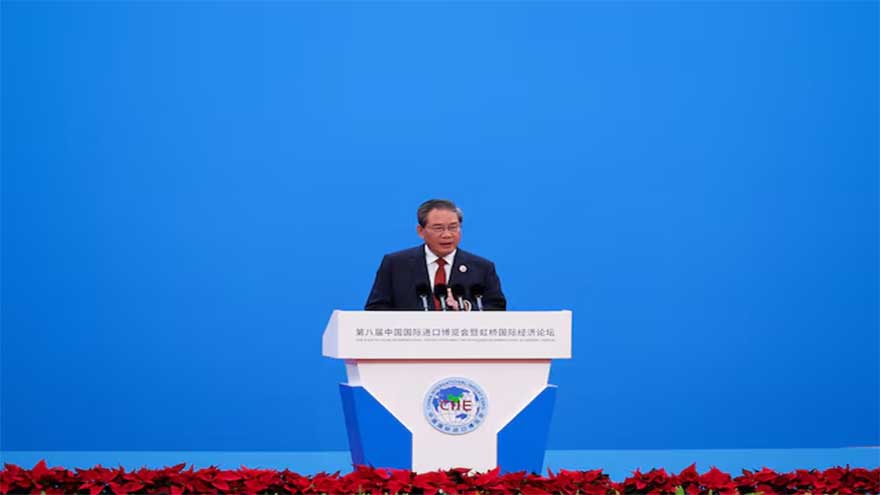BEIJING (Reuters) – China’s Premier Li Qiang will attend the Group of 20 summit in South Africa from November 21 to November 23, the foreign ministry said on Thursday.
Li will also attend a Shanghai Cooperation…

BEIJING (Reuters) – China’s Premier Li Qiang will attend the Group of 20 summit in South Africa from November 21 to November 23, the foreign ministry said on Thursday.
Li will also attend a Shanghai Cooperation…